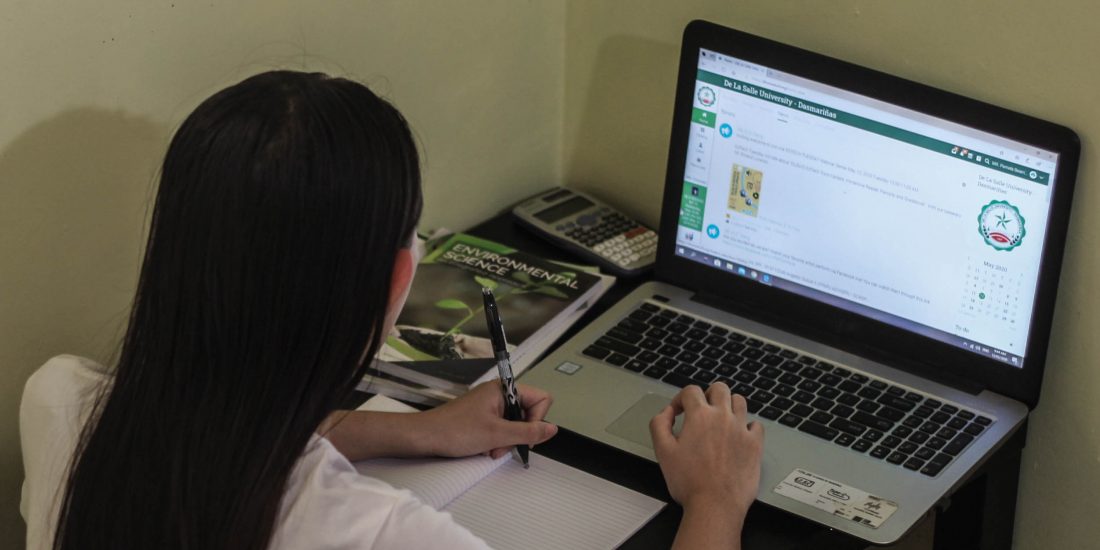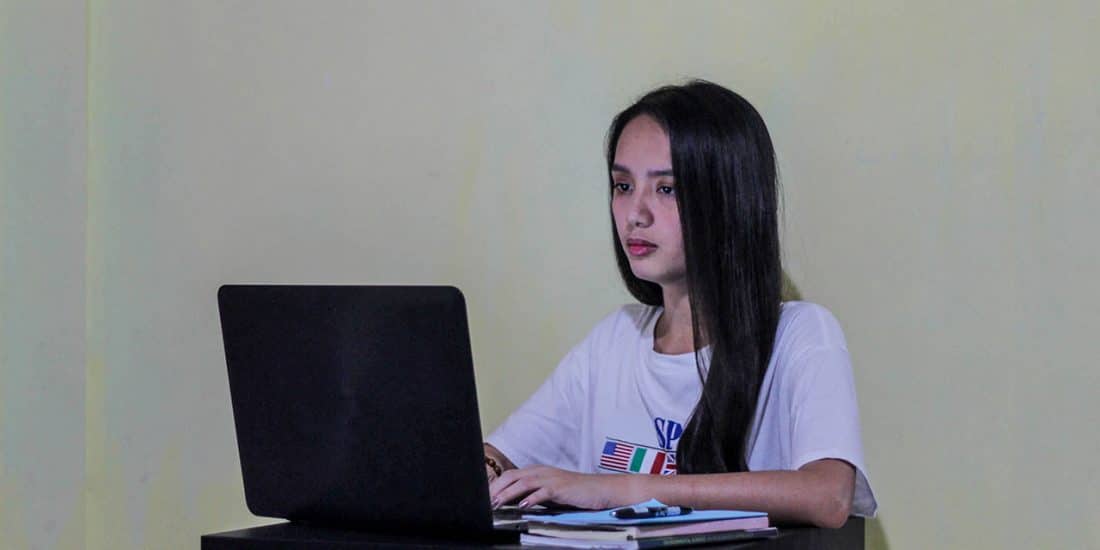VCAR details DLSU-D’s strategic plan for upcoming 5 AYs
Originally published in HF Volume 37 Issue 1
In an interview with The HERALDO FILIPINO, Salibay explains that the “visionary hashtag” includes the common goals that will guide the University in arriving at fundamental decisions and actions for AYs 2023-2024 to 2027-2028.
Aiming for the improvement of academic policies, specifically the revitalization of teaching and learning processes for programs with licensure examination, Salibay assured that the Academics and Research (A&R) team were aligned with the anchored goal.
Additionally, Salibay stated that “development programs for faculty and student engagements, improvement of educational facilities, monitoring and revision of curricula vis-à-vis the teaching and learning process” were some of the objectives of the A&R team.
As the goals that Br. Sockie mentioned mainly revolved around rebuilding or strengthening the DLSU-D’s administration and academic environment as per his letter, Salibay also added that the University president underwent a process on creating said plans.
“The Brother President created a team composed of the presidential advisory council and the operations council to brainstorm on the direction of the University for the next five years,” Salibay added.
Furthermore, VCAR mentioned that Chancellor Marco Saez also presented the development of plans to the DLSU-D community from rewriting of the University mission and vision to formulating the visionary hashtag.
The transition to onsite classes
When asked about the state of the new learning set-up, Salibay shared the same goal with Br. Sockie, and emphasizing that:
“The critical challenge with onsite classes is availability of dedicated spaces and infrastructure support for optimal deployment of blended learning mode. For instance, due to more than two years of campus lockdown, we needed to address immediately the upkeep and repairs of classrooms to make them conducive to learning.”
With the continuation of classes amid building renovations and internet upgrades, Salibay raised that time is needed to accomplish the repairs. In creating plans to address this issue, the VCAR said “these [University renovations and repairs] are addressed following a specific time table.”
Meanwhile, VCAR highlights the difference in student performance between online and onsite classes.
“Engagement and interaction are two essential ingredients in learning. The most apparent shift in the performance of students and faculty members is the quality of engagement and interaction in the classroom. Remarkably, students register higher marks during online assessments compared to marks received for those done onsite. We expect improved learning with better engagement and interaction. More personal interactions between and among students have been observed as a significant change when we shifted to onsite classes,” Salibay stated. When asked to describe the effectiveness of the new learning setup during the first semester of the current AY, Salibay mentioned that “Students, faculty members and administrators view the current set up as appearing to be more effective since onsite modality facilitates more personal and prompt responses to concerns raised.”
Uniform policy for the first semester
Starting the first semester, the Office of the Vice Chancellor for Academics and Research (OVCAR) released multiple advisories, including the uniform policy that students are encouraged to follow, with an exemption for fourth-year students.
These advisories mostly include wearing of face masks in line with proper safety precautions for the transition to online setup, along with reminders to abide by the school dress code.
However, at the beginning of the second semester, the University posted an update of the policy which required students from specific programs to procure and wear college-specific uniforms for the rest of the AY.
With the changes from optional to expected attires within the semester for fourth-year students, Salibay stated that “any amendments to existing policies are in place to ensure relevance.”
Establishing the challenges of the implementation for the uniform policy, Salibay added that the office made explicit statements on the flexibility and expectation of the observance to the policy.




